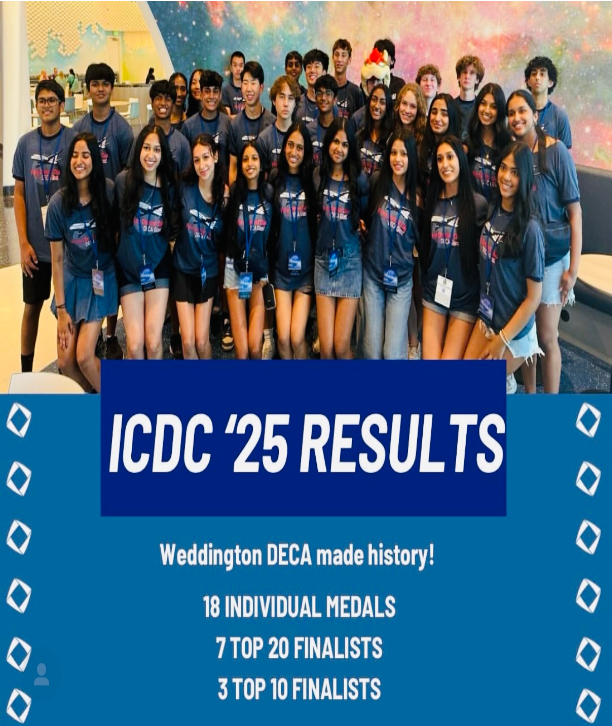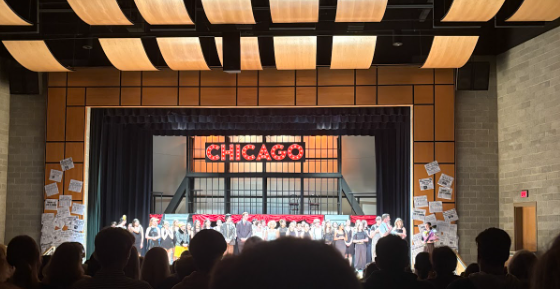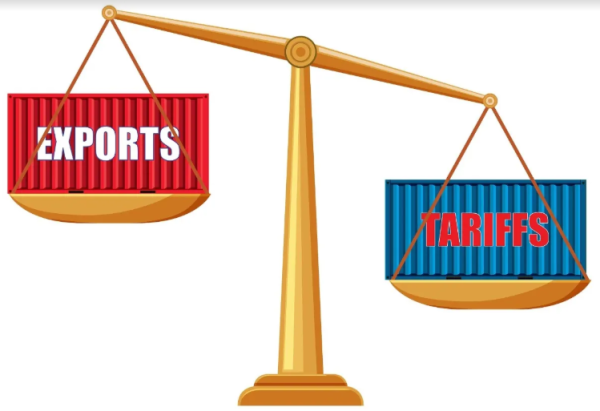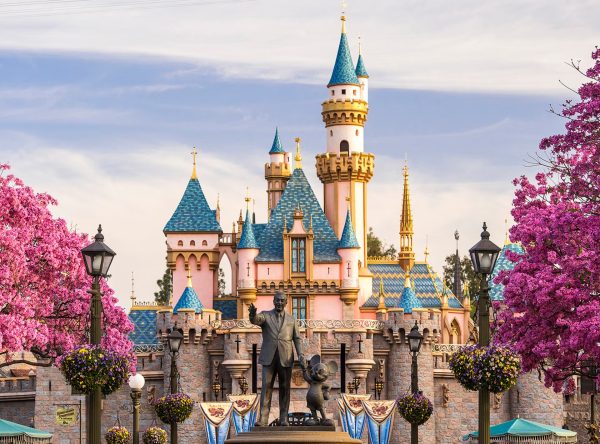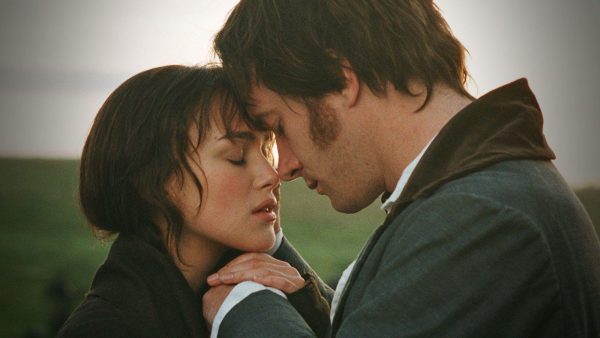The Nobel Prize in Physics Goes to Quantum Entanglement
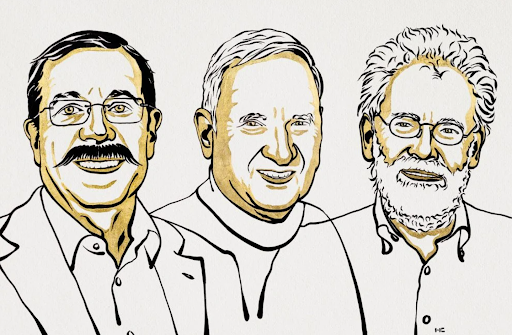
Niklas Elmehed/Nobel Prize Outreach
A portrait of the three laureates of the 2022 Nobel Prize in Physics: Alain Aspect, John F. Clauser, and Anton Zeilinger.
November 30, 2022
Alfred Nobel, a chemist, businessman, and author responsible for the invention of dynamite, ordered in his will the creation of a prize to reward those who benefit humanity. Since 1901, the Nobel Prize has been possibly the most prestigious prize in the world for the fields it represents: Physics, Chemistry, Physiology or Medicine, Literature, Peace, and Economics (the latter of which was not included in Nobel’s will, but was established much later). Each achievement commemorated by the prizes is monumental in its own right, but the prize in Physics may prove particularly interesting and significant.
The Nobel Prize in Physics went to Alain Aspect, John F. Clauser, and Anton Zeilinger for their research into quantum entanglement. Quantum entanglement, or the association of two particles in a quantum system, has been a cause for controversy ever since its first description in 1935. It implies that the state of entangled particles will always be exactly the same, no matter how far apart they are. If two entangled particles billions of light-years away were observed at the same time, they might have, for example, exactly the same velocity, as if one had sent a faster-than-light signal to the other, telling it how fast to move. Albert Einstein ridiculed this idea as “spooky action at a distance”, thinking that it would spell the end for quantum physics. He believed that the principle violated a principle called locality, which implies that one event cannot instantly affect another a long distance away. Instead, research has continued for almost sixty years, achieving more and more theoretical and empirical evidence.
Einstein theorized that instead of the particles being actually connected in any way, there were simply hidden variables in each particle, set at the Big Bang, that influenced the evolution of their quantum states throughout their existences. The fact that two particles could have the same properties was simply a result of their initial variables being the same, like how two meals made with the same recipe are bound to taste very similar.
Quantum entanglement, the idea that the two meals actually taste similar because of a mysterious connection between them, was mostly proven by John Clauser in a 1972 experiment. This experiment involved the measurement of photons, or particles of light, using lenses, to determine whether their properties were related. However, his results could have still been a coincidence caused by the fixed placements of the lenses used. A further experiment in 1982 by Alain Aspect made the orientations of the lenses change randomly during the experiment, eliminating the possibility that they could influence the experiment.
Even still, there could have been some other variable that influenced the results. Anton Zeilinger conducted a final experiment in 2017; instead of using photons generated in the lab, it used photons from stars hundreds of light-years away. That way, there could be no way that the photons were influencing the results of the experiment, since they were created so long ago and so far away. As it turns out, the universe is nonlocal. For proving this strange phenomenon, the three scientists were collectively awarded the Nobel Prize in Physics for 2022.
The experiments raise important implications for the fields of quantum cryptography and quantum information science in general. However, it does not imply that faster-than-light communication is possible. One might imagine flipping a quantum particle to state 1, which would turn an entangled particle thousands of light-years away to state 1 instantly, thereby transferring information faster than light. This is not actually possible; quantum measurements are completely random, so one could not actually flip the quantum particle to send information. It might turn to state 1 randomly, and both particles would be in state 1, but the people communicating would have to communicate normally (slower than light) to figure out what state 1 means.
Quantum entanglement is a seemingly contradictory principle that defies one of the most fundamental tenets of classical physics. Yet now that it is proven, we must accept the theory and its deep philosophical consequences.
References:
- Garisto, Daniel. “The Universe Is Not Locally Real, and the Physics Nobel Prize Winners Proved It.” Scientific American, 6 October 2022, https://www.scientificamerican.com/article/the-universe-is-not-locally-real-and-the-physics-nobel-prize-winners-proved-it/. Accessed 28 November 2022.
- The Nobel Foundation. “Alfred Nobel’s will – NobelPrize.org.” Nobel Prize, https://www.nobelprize.org/alfred-nobel/alfred-nobels-will/. Accessed 28 November 2022.
- The Nobel Foundation. “All Nobel Prizes 2022 – NobelPrize.org.” Nobel Prize, https://www.nobelprize.org/all-nobel-prizes-2022/. Accessed 28 November 2022.
- Orzel, Chad. “Home.” YouTube, 4 May 2016, https://www.forbes.com/sites/chadorzel/2016/05/04/the-real-reasons-quantum-entanglement-doesnt-allow-faster-than-light-communication/?sh=664c65f43a1e. Accessed 28 November 2022.
- Urdaneta, Inés. “2022 Physics Nobel Prize Awarded to Non-locality!” Resonance Science Foundation, 7 October 2022, https://www.resonancescience.org/blog/nobel-prize-awarded-to-non-locality. Accessed 28 November 2022.
- Wood, Charlie. “Pioneering Quantum Physicists Win Nobel Prize in Physics.” Quanta Magazine, 4 October 2022, https://www.quantamagazine.org/pioneering-quantum-physicists-win-nobel-prize-in-physics-20221004/. Accessed 28 November 2022.



